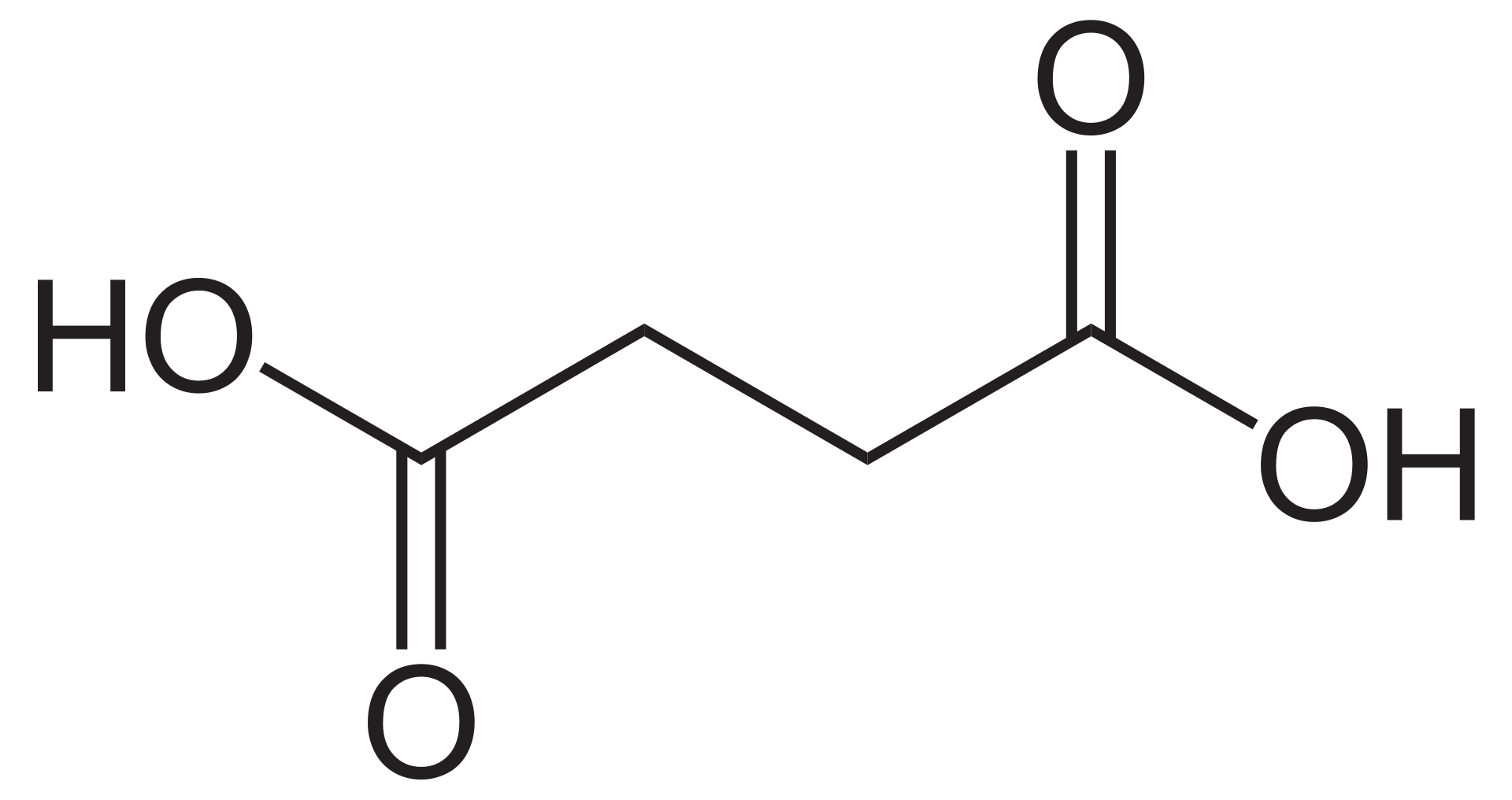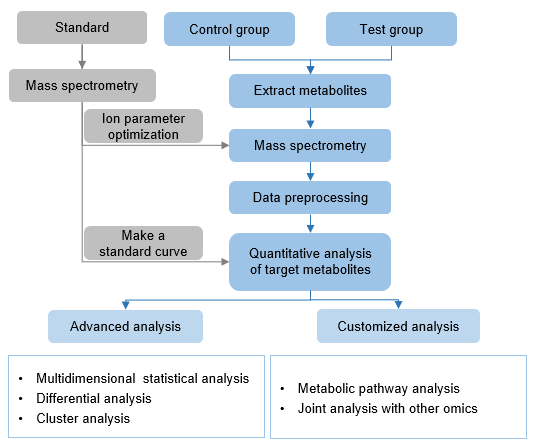v-innovate Technologies' targeted metabolomics services target specific metabolites and pathways of interest, which can accurately monitor dynamic metabolic processes, reveal related metabolic mechanisms and verify potential metabolic biomarkers, to guide your research with reliable and accurate measurement results.
About Succinic Acid
Succinic acid is a dicarboxylic acid with the chemical formula (CH2)2(CO2H)2. The name derives from Latin succinum, meaning amber.
Its chemical formula is C4H6O4, and CAS number is 110-15-6.
MS-based technical means can realize the qualitative and quantitative analysis of succinic acid.
 Molecular structure of succinic acid
Molecular structure of succinic acid

| Sample type |
| Plants, yeasts, microorganisms, etc. Serum, plasma, urine, bile, bile acid, etc. Cells, liver, brain tissue and other animal tissues and feces, etc. There is no restriction on plant varieties. For varieties with special requirements or rare varieties, please contact our staff for more information. |
| Sample demand |
| Plant root / stem / leaf / fruit / seed > 200 mg fresh weight, freeze-dried sample > 0.5 g Cells / microorganisms / cell supernatant / culture medium supernatant: the number of cells or bacteria > 107, supernatant > 2 ml Serum / plasma / urine / ruminal fluid / cerebrospinal fluid / amniotic fluid and other homogeneous liquid samples > 200 µl. (Hemolysis should be avoided. Cerebrospinal fluid can be as low as 100 µl.) Animal tissue / feces related samples > 200mg / sample For other sample types, please consult technical support or sales. |
| Sample mixed and repeat |
| In order to ensure the accuracy of the samples and reduce systematic errors during sampling, it is necessary to select more than 3 materials with the same condition for each sample. ※ The same condition refers to the same period, basically the same phenotype, and the same part. It is recommended that prepare more than 6 biological replicates. |
| Storage and transportation |
| Quick-frozen preservation with liquid nitrogen can minimize the leakage time of plant samples at room temperature, and store it at -80℃. Dry ice transportation (about 3~4 kg dry ice is consumed every day, please use sufficient dry ice for transportation). |
References
